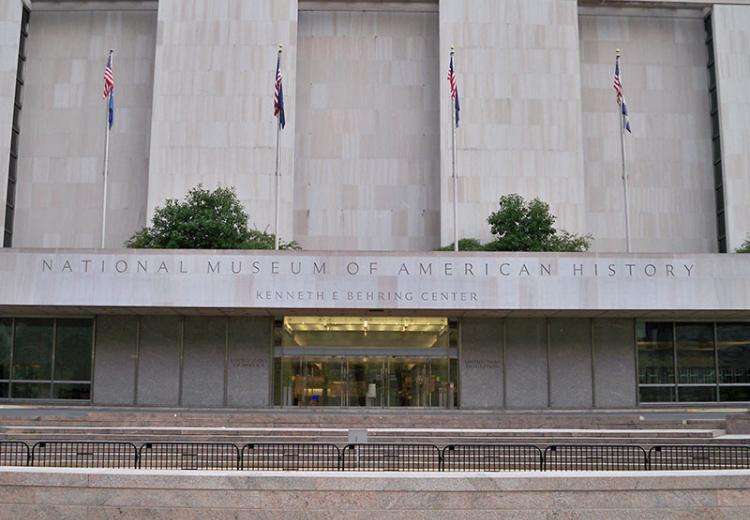What is History? Timelines and Oral Histories

The Smithsonian's National American Museum of American History, Washington DC.
In this lesson, young students will gain a frame of reference for understanding history and for recognizing that the past is different depending on who is remembering and retelling it. They will construct a timeline based on events from their own lives and family histories. This will give them a visual representation of the continuity of time. They will also be able to see that their own personal past is different in scope from their family's past, or their country's past.
Once they understand that history is made up of many people's stories of the past, students will explore how we know about events that occurred prior to our own births. Each student will interview two family members about the same event, compare the two versions, and write or dictate their own version of the story, which becomes the "official" account. In this way, they will experience the power of both first-hand accounts and historical documentation.
Guiding Questions
What is the past, and why is it important?
How do we learn about events in the past?
How are historical accounts influenced by the biases of eyewitnesses?
Learning Objectives
Understand that their lifetime represents a small piece of history.
Make connections between important events in the histories of their families and larger historical events.
Schedule and record an oral history.
Compare and contrast two or more accounts of the same event.
Write an account of an event which synthesizes eyewitness testimony from two or more sources.
